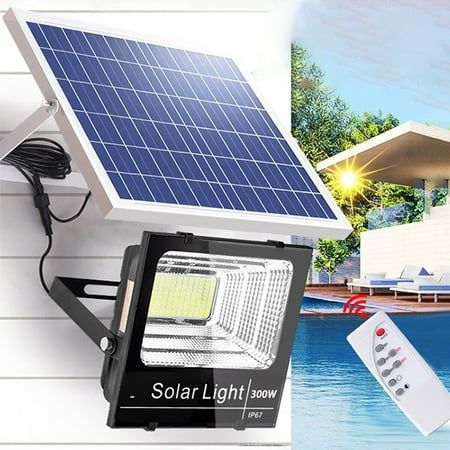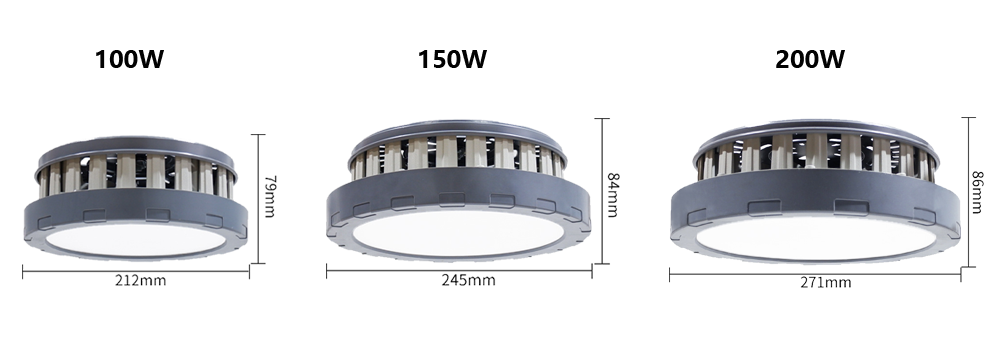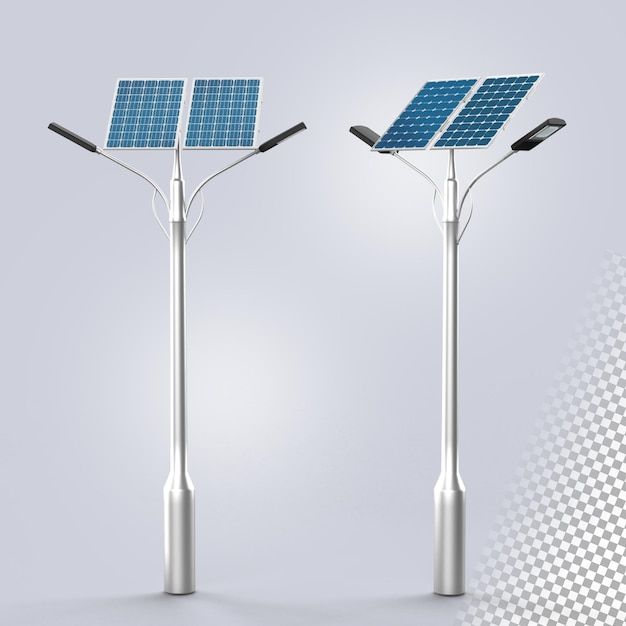The energy costs, worker productivity, and overall operational efficiency of your facility can all be greatly impacted by the lighting design you choose for large industrial spaces. For warehouses, manufacturing plants, gyms, and retail establishments with ceiling heights exceeding fifteen feet, high bay LED lights have emerged as the go-to lighting option. This thorough guide offers all the information you need to choose, set up, and maintain the best lighting system for your particular requirements.
What Are High Bay LED Lights and Why Do They Matter
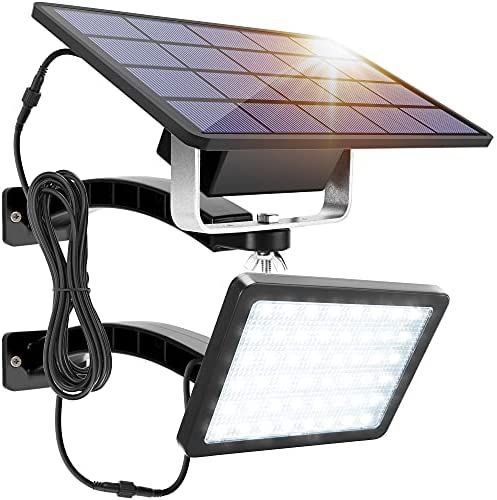
High bay LED lights are specialized lighting fixtures designed for spaces with ceiling heights between 15 and 40 feet. These powerful illumination systems provide concentrated light output capable of reaching ground level while maintaining uniform brightness across large areas. Unlike traditional metal halide or fluorescent lighting, LED technology offers superior energy efficiency, longer lifespan, and reduced maintenance requirements.
The importance of proper high bay lighting extends beyond basic illumination. According to the U.S. Department of Energy, industrial facilities that switch to LED lighting systems can reduce energy consumption by 50-75% compared to conventional lighting technologies. This translates to substantial cost savings and improved environmental sustainability for businesses operating large-scale facilities.
Key Characteristics of Professional High Bay Lighting
Modern high bay LED lights feature several distinctive characteristics that set them apart from standard lighting solutions:
- Lumen Output: Typically ranges from 10,000 to 50,000 lumens per fixture
- Farbtemperatur: Available in 3000K to 6500K options for different applications
- Beam Angles: Concentrated light distribution patterns for optimal coverage
- Dimming Capabilities: Advanced controls for energy optimization
- Durability Rating: IP65 or higher for harsh industrial environments
Types of Industrial LED High Bay Lighting Systems
Understanding the different types of high bay lighting systems helps you select the most appropriate solution for your specific application. Each type offers unique advantages based on installation requirements, light distribution needs, and budget considerations.
Linear High Bay LED Fixtures
Linear high bay LED lighting fixtures provide wide-area illumination ideal for assembly lines, production floors, and warehouse aisles. These fixtures typically measure 2-8 feet in length and offer uniform light distribution across rectangular spaces. Linear designs work exceptionally well in facilities requiring consistent lighting for detailed work or inventory management.
Energy efficiency data shows that linear LED high bay systems consume 40-60% less energy than equivalent fluorescent fixtures while producing 20-30% more usable light. The longer form factor also reduces the total number of fixtures needed, lowering installation and maintenance costs.
UFO High Bay LED Lights
UFO-style high bay LED lights feature a compact, circular design that concentrates light output in a focused beam pattern. These fixtures are particularly effective for high-ceiling applications where precise light placement is essential. The circular housing design promotes excellent heat dissipation, contributing to extended LED lifespan and consistent performance.
Installation flexibility makes UFO high bay lights popular for retrofit projects. Their compact size allows for easy replacement of existing metal halide fixtures without significant structural modifications. Most UFO models include mounting options for pendant, surface, or hook installation methods.
Vapor-Tight High Bay Fixtures
Vapor-tight industrial LED high bay lighting systems provide enhanced protection against moisture, dust, and chemical exposure. These sealed fixtures meet stringent IP ratings and are essential for food processing facilities, chemical plants, and outdoor covered areas. The enclosed design prevents contaminants from affecting LED performance and maintains consistent light output over time.
Performance testing indicates that vapor-tight LED fixtures maintain 90% of their initial lumen output after 50,000 hours of operation in challenging industrial environments. This reliability reduces maintenance interruptions and ensures consistent workplace safety standards.
Benefits of Switching to High Bay LED Lighting Fixtures
The transition from traditional lighting to high bay LED lighting fixtures offers numerous advantages that directly impact operational efficiency and cost management. Understanding these benefits helps justify the initial investment and supports long-term facility planning.
Energy Efficiency and Cost Savings
LED technology provides unmatched energy efficiency compared to traditional high bay lighting options. Metal halide fixtures typically consume 400-1000 watts per unit, while equivalent LED systems use only 100-300 watts while producing superior light quality. This 60-75% reduction in energy consumption translates to significant utility bill reductions.
Based on current energy costs averaging $0.12 per kWh, a facility replacing 50 metal halide fixtures with LED equivalents can save $8,000-15,000 annually in electricity costs. These savings compound over the 10-15 year lifespan of quality LED fixtures, providing substantial return on investment.
Maintenance Cost Reduction
High bay LED lights require minimal maintenance compared to traditional lighting systems. LED fixtures typically last 50,000-100,000 hours, while metal halide lamps need replacement every 15,000-20,000 hours. This extended lifespan reduces labor costs, replacement part expenses, and production disruptions caused by lighting failures.
Maintenance cost analysis shows that LED high bay systems reduce ongoing maintenance expenses by 70-80% over their operational lifetime. For facilities with hard-to-reach fixtures, this maintenance reduction provides additional safety benefits by minimizing the need for elevated work procedures.
Improved Light Quality and Safety
Modern industrial LED high bay lighting produces superior light quality with consistent color rendering and minimal flicker. LED fixtures achieve full brightness instantly, eliminating the warm-up time required by metal halide systems. This immediate illumination improves workplace safety and productivity, particularly in facilities with frequent lighting cycling.
Studies conducted by the Illuminating Engineering Society demonstrate that proper LED lighting reduces workplace accidents by 15-25% compared to traditional lighting systems. The improved visibility and reduced eye strain contribute to enhanced worker comfort and performance.
How to Choose the Best High Bay LED Lights for Your Facility
Selecting the best high bay LED lights requires careful consideration of multiple factors specific to your facility’s requirements. A systematic approach ensures optimal performance, energy efficiency, and long-term satisfaction with your lighting investment.
Determining Light Requirements
Proper lighting design begins with understanding your facility’s specific illumination needs. The Illuminating Engineering Society provides recommended light levels for different applications:
- Warehouse Storage: 10-20 foot-candles
- Assembly Work: 30-50 foot-candles
- Detailed Manufacturing: 50-100 foot-candles
- Sports Facilities: 30-75 foot-candles, depending on activity level
Ceiling height significantly impacts fixture selection and spacing requirements. Facilities with 15-25 foot ceilings typically require fixtures producing 15,000-25,000 lumens, while spaces exceeding 30 feet need 30,000-50,000 lumens output for adequate ground-level illumination.
Evaluating Energy Efficiency Ratings
Energy efficiency ratings help compare different high bay LED lighting fixtures and predict long-term operating costs. Look for fixtures with efficacy ratings exceeding 130 lumens per watt for optimal energy performance. ENERGY STAR-certified fixtures meet strict efficiency guidelines and often qualify for utility rebates.
Pay attention to driver efficiency ratings, as low-quality drivers can reduce overall system efficiency by 10-15%. Premium LED fixtures use high-efficiency drivers rated at 90% or higher, maximizing energy savings and system reliability.
Control System Integration
Modern high bay LED lights support advanced control systems that further optimize energy consumption and operational flexibility. Dimming capabilities allow light level adjustments based on occupancy, daylight availability, or specific task requirements. Facilities implementing smart lighting controls typically achieve an additional 15-25% energy savings beyond basic LED conversion.
Consider fixtures compatible with wireless control systems for retrofit applications where running new control wiring is impractical. These systems provide centralized monitoring and control capabilities that support predictive maintenance and energy management programs.
Überlegungen zur Installation und Wartung
Proper installation and ongoing maintenance are crucial for maximizing the performance and lifespan of high bay LED lighting fixtures. Professional installation ensures safety compliance and optimal light distribution while regular maintenance preserves system efficiency.
Professional Installation Requirements
High bay LED lights installation requires qualified electricians familiar with industrial lighting systems and local electrical codes. The elevated mounting heights present safety challenges that demand proper equipment and safety procedures. Professional installation also ensures proper electrical connections, fixture mounting, and compliance with workplace safety regulations.
Installation costs typically range from $75-150 per fixture, depending on ceiling height, accessibility, and electrical infrastructure requirements. While this represents a significant upfront investment, proper installation prevents future problems and ensures warranty coverage.
Bewährte Praktiken bei der Wartung
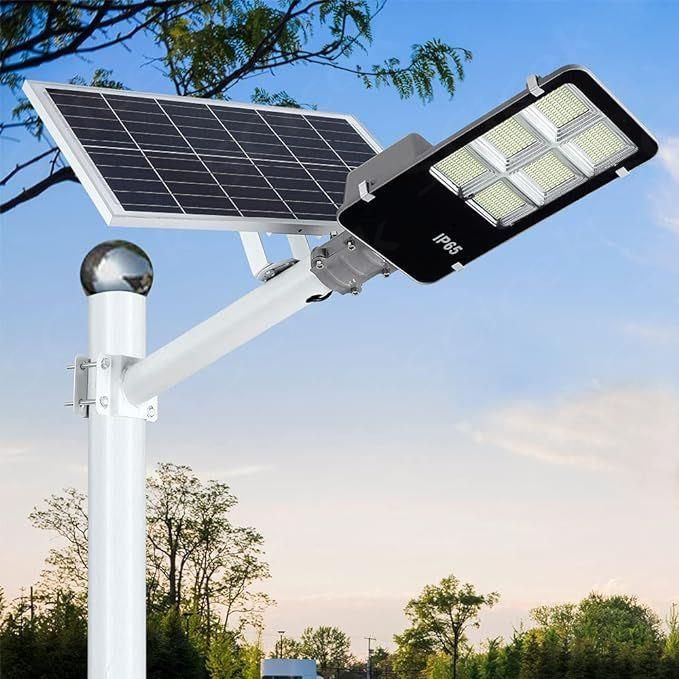
LED fixtures require minimal maintenance but benefit from regular cleaning and inspection. Dust accumulation on fixture surfaces can reduce light output by 10-20% over time. Quarterly cleaning with appropriate methods maintains optimal performance and extends fixture lifespan.
Monitor fixture performance through regular light level measurements or integrated monitoring systems. Gradual light output reduction may indicate driver issues or LED degradation that requires professional attention. Most quality fixtures include warranties covering defects and performance guarantees for 5-10 years.
Schlussfolgerung
High bay LED lights represent a significant advancement in industrial and commercial lighting technology. The combination of energy efficiency, extended lifespan, and superior light quality makes LED fixtures the clear choice for facilities seeking to reduce operating costs while improving workplace conditions.
The best high bay LED lights for your facility depend on specific application requirements, budget considerations, and long-term operational goals. Professional consultation and proper installation ensure optimal performance and maximum return on investment. As LED technology continues advancing, early adopters benefit from immediate energy savings and position themselves for future lighting innovations.
Investing in quality high bay LED lighting fixtures provides measurable benefits that extend far beyond simple illumination. The improved energy efficiency, reduced maintenance requirements, and enhanced light quality contribute to a more sustainable and productive facility operation that supports long-term business success.
Häufig gestellte Fragen
How long do high bay LED lights typically last?
Quality high bay LED lights are rated for 50,000-100,000 hours of operation, equivalent to 15-25 years of typical industrial use. The actual lifespan depends on operating conditions, fixture quality, and maintenance practices. Premium fixtures with superior thermal management often exceed their rated lifespan.
What is the typical payback period for converting to LED high bay lighting?
The payback period for industrial LED high bay lighting conversion typically ranges from 2-4 years, depending on existing lighting technology, energy costs, and usage patterns. Facilities operating 24/7 achieve faster payback compared to those with limited operating hours. Available utility rebates can reduce payback periods by 6-12 months.
Can high bay LED lights be dimmed?
Most modern high bay LED lighting fixtures include dimming capabilities, though the specific dimming range and control methods vary by manufacturer. Standard dimming ranges from 10-100% of full output, with some fixtures supporting down to 1% for maximum flexibility. Verify dimming compatibility with your preferred control system before purchasing.
What maintenance is required for LED high bay fixtures?
High bay LED lights require minimal maintenance compared to traditional lighting systems. Regular cleaning every 3-6 months maintains optimal light output, while annual inspections check for loose connections or physical damage. Most maintenance can be performed during scheduled facility downtime to minimize operational disruption.
How do I calculate the number of fixtures needed for my facility?
Fixture quantity calculations depend on facility size, ceiling height, required light levels, and fixture specifications. A basic formula uses total lumens required divided by lumens per fixture, adjusted for light loss factors. Professional lighting design services ensure optimal fixture placement and uniform light distribution while meeting applicable lighting standards.

